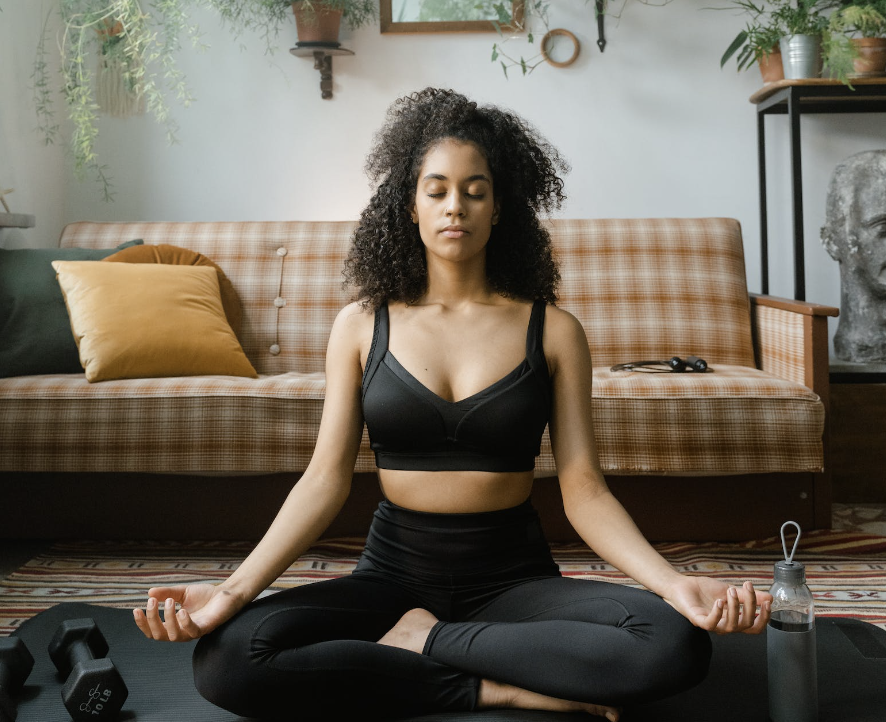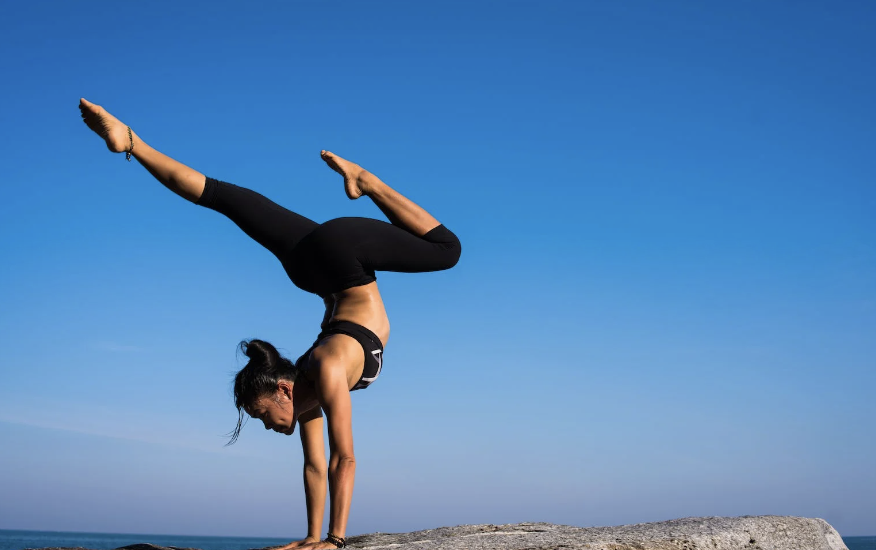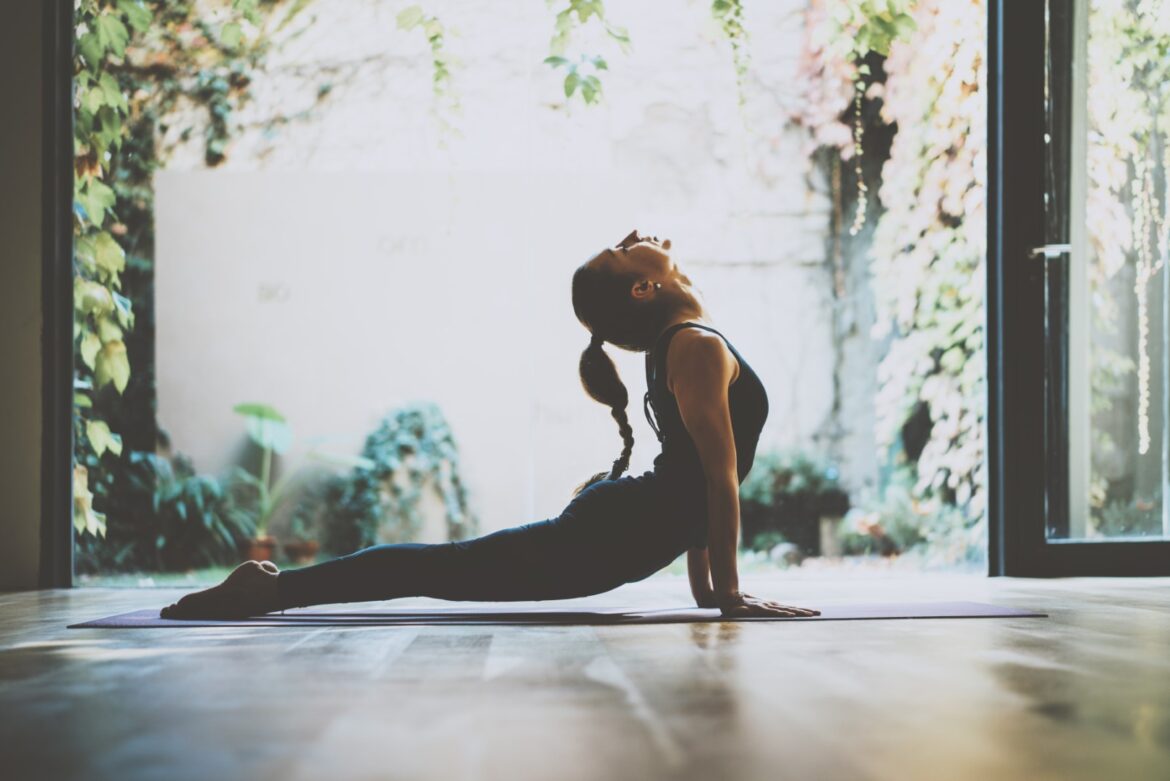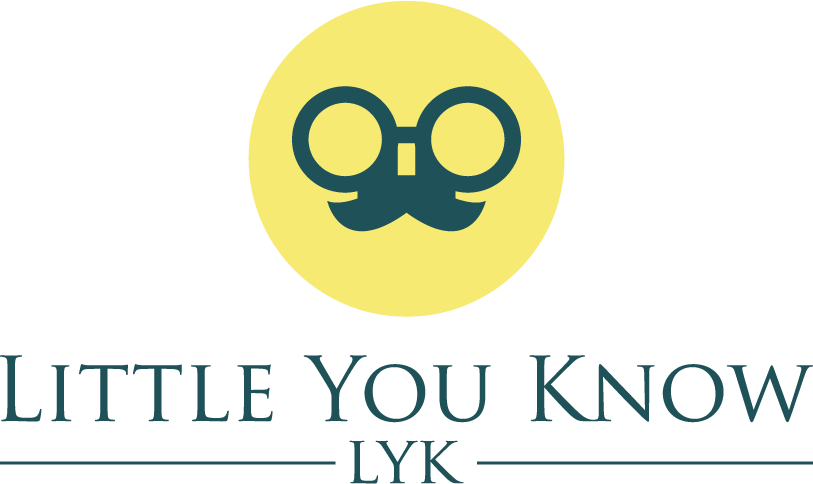Yoga has been practiced for centuries, and it is well-known for its ability to improve flexibility, reduce stress, and promote overall well-being. In this blog, we’ll explore some of the best yoga poses to help improve flexibility and reduce stress.
Downward-Facing Dog Pose (Adho Mukha Svanasana)
Downward-Facing Dog Pose is a classic yoga pose that helps to stretch the hamstrings, calves, and spine. It also helps to strengthen the arms, shoulders, and core muscles. To perform this pose, start on your hands and knees, with your wrists directly under your shoulders and your knees under your hips. Exhale and lift your knees away from the floor, straightening your legs and lifting your hips up and back towards the ceiling. Keep your head and neck relaxed, and breathe deeply in this pose for 5-10 breaths.
Triangle Pose (Trikonasana)
Triangle Pose is a standing pose that helps to stretch the hamstrings, hips, and spine. It also helps to improve balance and strengthen the legs. To perform this pose, stand with your feet hip-width apart and your arms extended out to the sides. Turn your right foot out to the side and extend your right arm out towards your right foot. Bend your right knee slightly, and reach your left arm up towards the ceiling. Keep your gaze up towards your left hand, and breathe deeply in this pose for 5-10 breaths before switching sides.
Child’s Pose (Balasana)

Child’s Pose is a restorative pose that helps to release tension in the back, neck, and shoulders. It also helps to calm the mind and reduce stress. To perform this pose, start on your hands and knees, and sit back on your heels with your arms extended out in front of you. Rest your forehead on the floor, and breathe deeply in this pose for 5-10 breaths.
Cobra Pose (Bhujangasana)
Cobra Pose is a backbend that helps to stretch the spine, chest, and shoulders. It also helps to strengthen the back muscles and improve posture. To perform this pose, lie on your stomach with your hands under your shoulders. Inhale and lift your chest up off the floor, keeping your elbows close to your body. Keep your shoulders relaxed, and breathe deeply in this pose for 5-10 breaths.
Seated Forward Fold (Paschimottanasana)
Seated Forward Fold is a seated pose that helps to stretch the hamstrings, lower back, and hips. It also helps to calm the mind and reduce stress. To perform this pose, sit on the floor with your legs extended out in front of you. Inhale and lift your arms up towards the ceiling, then exhale and fold forward from your hips, reaching for your toes or ankles. Keep your spine long, and breathe deeply in this pose for 5-10 breaths.
Tree Pose (Vrksasana)
Tree Pose is a balancing pose that helps to improve balance and concentration. It also helps to stretch the hips, thighs, and ankles. To perform this pose, stand with your feet hip-width apart and your arms at your sides. Shift your weight onto your left foot, and bring your right foot up to rest on your left inner thigh. Press your foot into your thigh, and bring your hands to your heart center. Keep your gaze forward, and breathe deeply in this pose for 5-10 breaths before switching sides.
Legs-Up-the-Wall Pose (Viparita Karani)
Legs-Up-the-Wall Pose is a restorative pose that helps to improve circulation and reduce stress. It also helps to stretch the hamstrings, lower back, and neck. To perform this pose, lie on your back with your hips close to a wall. Lift your legs up to rest against the wall, with your arms at your sides. Rest your head on a folded blanket or pillow, and breathe deeply in this pose for 5-10 minutes.

Corpse Pose (Savasana)
Corpse Pose is a final relaxation pose that helps to reduce stress and promote relaxation. It also helps to integrate the benefits of your yoga practice into your body and mind. To perform this pose, lie on your back with your arms at your sides, palms facing up. Close your eyes, and allow your body to relax completely. Breathe deeply in this pose for 5-10 minutes.
Incorporating these yoga poses into your daily routine can help to improve flexibility, reduce stress, and promote overall well-being. Remember to breathe deeply in each pose, and to listen to your body’s needs. With regular practice, you may find that you feel more relaxed, centered, and grounded in your daily life.


